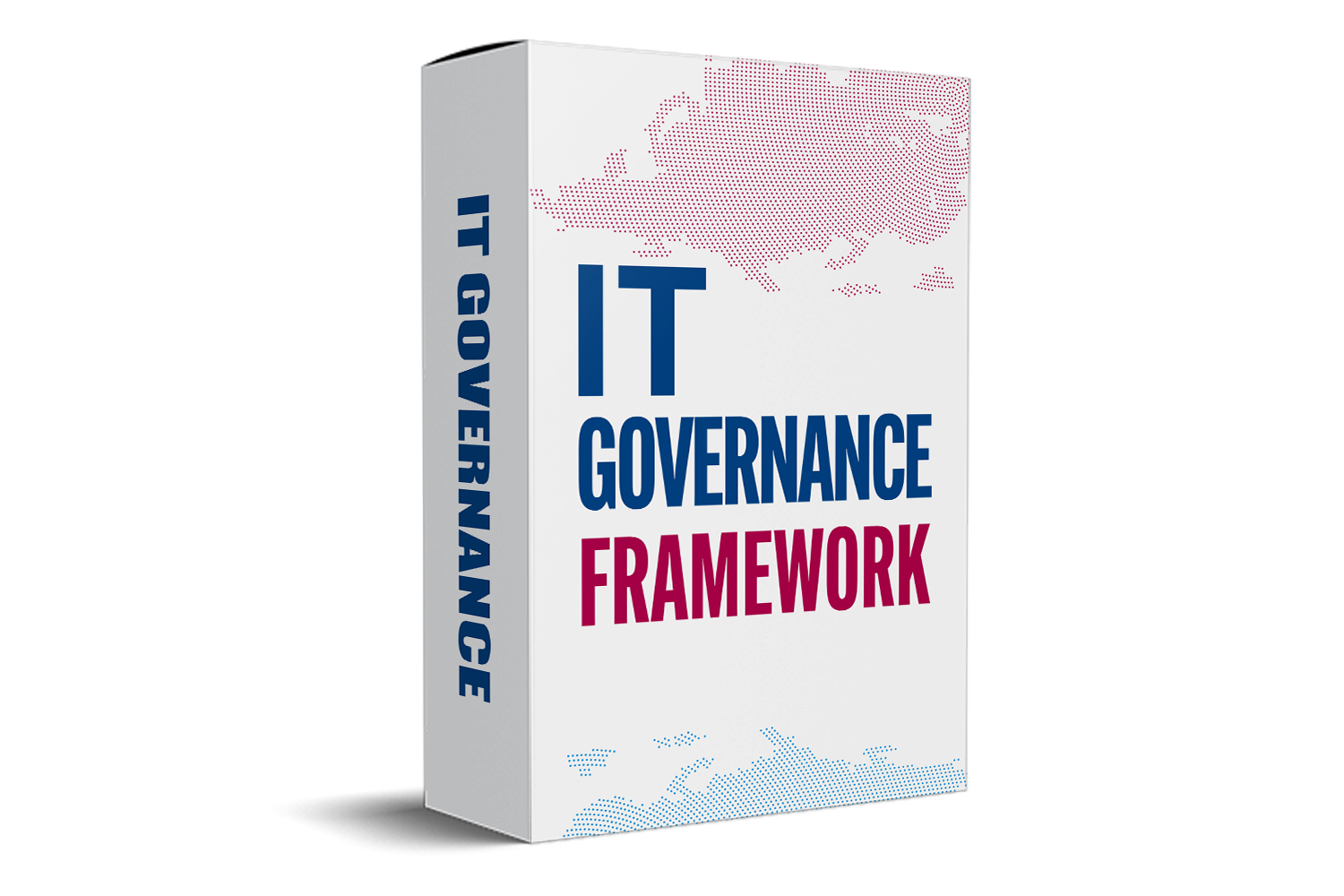Optimizing Supplier Choices: ISO 9001 Selection Criteria Template
In the dynamic landscape of business, selecting the right suppliers is a critical component of ensuring quality and compliance with industry standards. The ISO 9001 Quality Management System provides a structured approach to supplier selection, emphasizing the importance of defined criteria to assess and choose suppliers effectively. This comprehensive guide explores the significance of supplier selection criteria within the ISO 9001 framework and provides insights into creating a robust Supplier Selection Criteria Template.
Understanding the Importance of Supplier Selection Criteria
Supplier Selection as a Strategic Decision:
The selection of suppliers is not merely a transactional process; it is a strategic decision that directly impacts an organization's ability to deliver high-quality products or services. ISO 9001 recognizes the importance of this process and provides guidelines to ensure a systematic and criteria-based approach.

Definition of Supplier Selection Criteria:
Supplier selection criteria are the predetermined standards and requirements that organizations use to evaluate and choose suppliers. These criteria encompass various aspects, including quality, financial stability, compliance, and capability to meet specific needs.
Importance of Supplier Selection Criteria:
-
Quality Assurance: Ensures that selected suppliers align with the organization's quality standards, contributing to the overall quality of the final product or service.
-
Risk Mitigation: A well-defined set of criteria helps identify and mitigate potential risks associated with supplier relationships, such as delivery delays, quality issues, or financial instability.
-
Compliance with ISO 9001 Standards: Aligns with ISO 9001 requirements for establishing criteria for supplier selection, demonstrating a commitment to a robust quality management system.
Implementing an Effective Supplier Selection Process
1. Define Criteria Clearly:
- Clearly define each criterion to ensure understanding and consistency in the evaluation process.
2. Engage Stakeholders:
- Involve relevant stakeholders in the identification and validation of supplier selection criteria to incorporate diverse perspectives.
3. Gather Comprehensive Data:
- Collect comprehensive data from potential suppliers, ensuring that all relevant criteria are adequately addressed.
4. Structured Evaluation Process:
- Establish a structured process for evaluating suppliers against each criterion to maintain objectivity.
5. Document Findings:
- Thoroughly document the findings of the supplier selection process, including assessments, recommendations, and approvals.
6. Continuous Review and Improvement:
- Regularly review and update the supplier selection criteria to adapt to changing business environments and evolving organizational needs.

Benefits of Effective Supplier Selection Criteria
Implementing effective supplier selection criteria within the ISO 9001 framework offers numerous benefits for organizations committed to quality excellence:
1. Quality Assurance:
- Ensures that selected suppliers align with the organization's quality standards, contributing to the overall quality of the final product or service.
2. Risk Mitigation:
- Proactively identifies and mitigates potential risks associated with supplier relationships, minimizing disruptions in the supply chain.
3. Compliance with ISO 9001 Standards:
- Aligns with ISO 9001 requirements for establishing criteria for supplier selection, demonstrating a commitment to a robust quality management system.
4. Operational Efficiency:
- Streamlines the supplier selection process, saving time and resources by focusing on suppliers that meet predefined criteria.
5. Enhanced Collaboration:
- Establishes a foundation for collaborative and successful relationships with suppliers who share the organization's commitment to quality.
6. Confidence in Supplier Relationships:
- Provides confidence that selected suppliers are capable, reliable, and align with the organization's values and quality objectives.
Conclusion
In conclusion, the process of selecting suppliers is not only about meeting immediate needs but about building long-term, successful partnerships. The ISO 9001 Supplier Selection Criteria Template and the insights provided in this guide serve as practical tools to guide organizations in systematically evaluating potential suppliers. By establishing and adhering to robust criteria, organizations elevate supplier selection to a strategic advantage, ensuring quality, compliance, and overall excellence.



